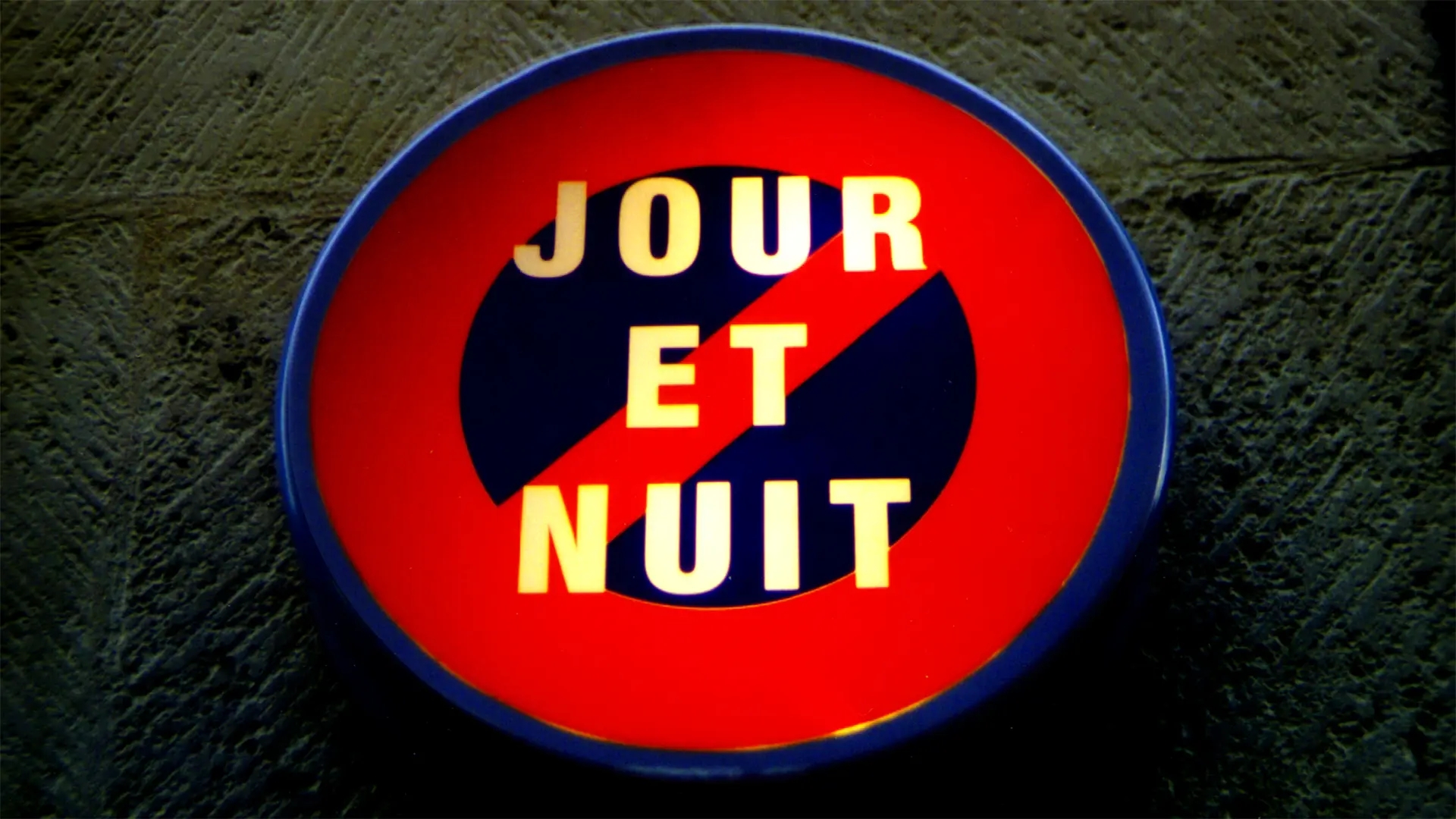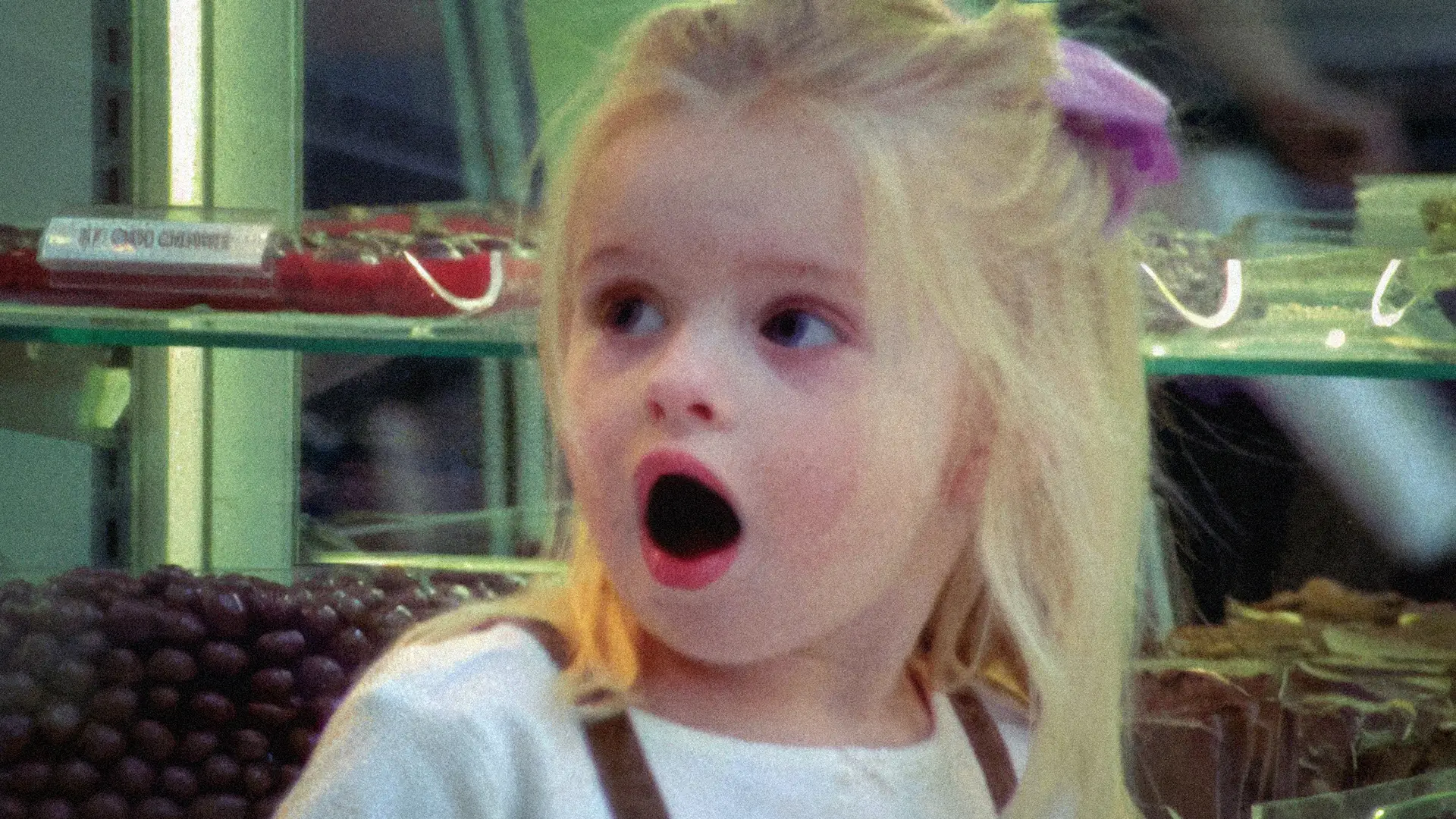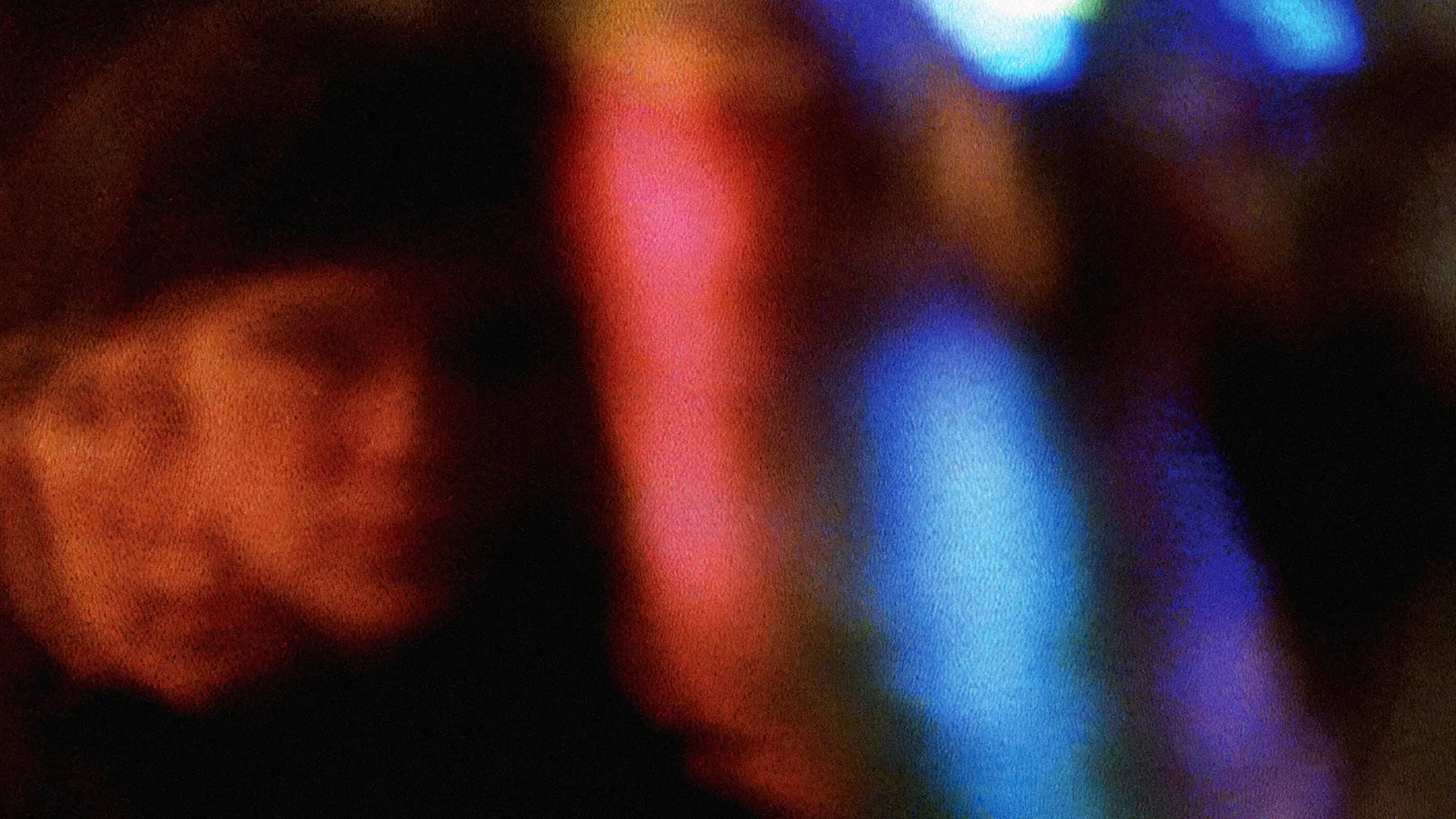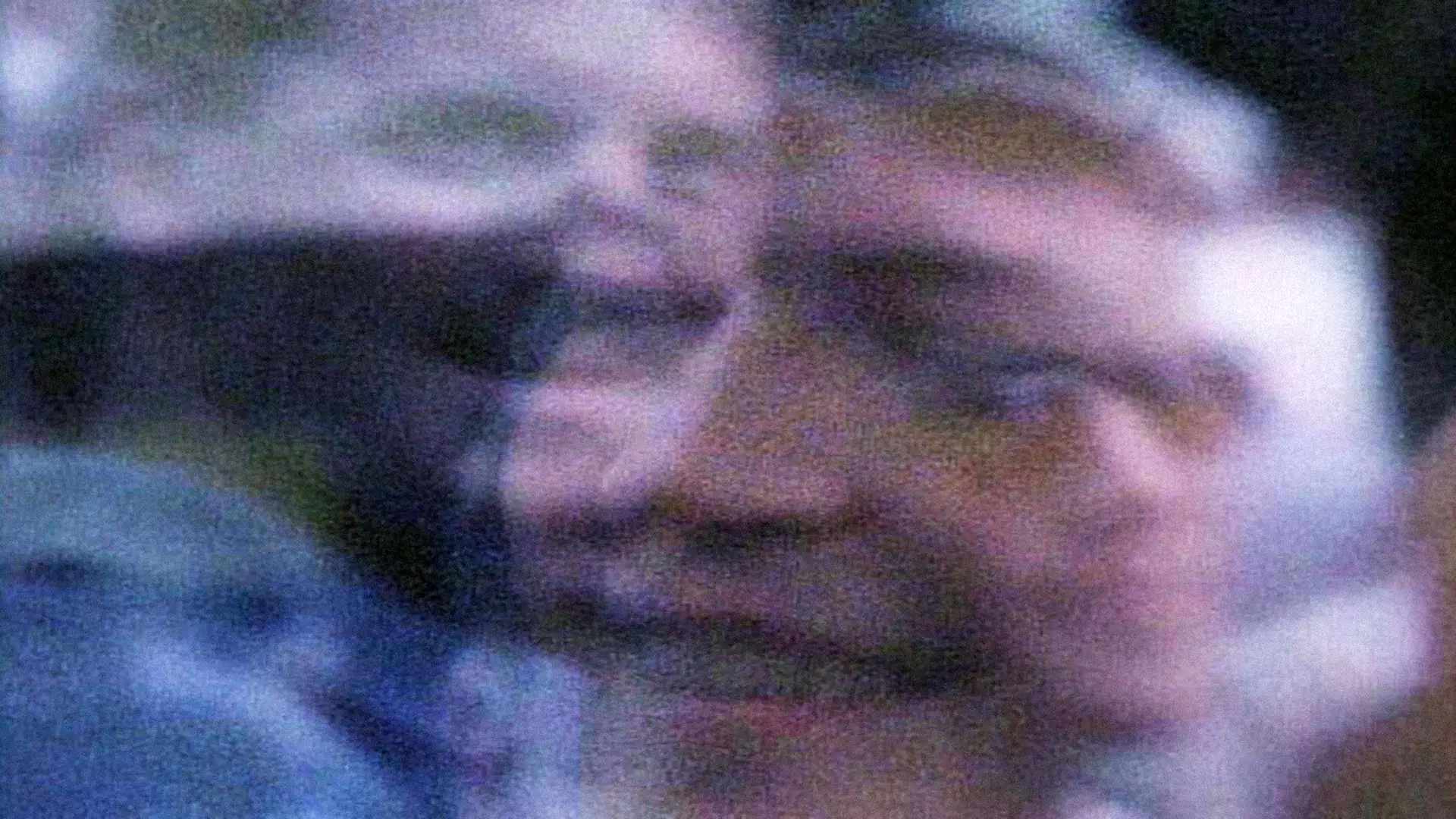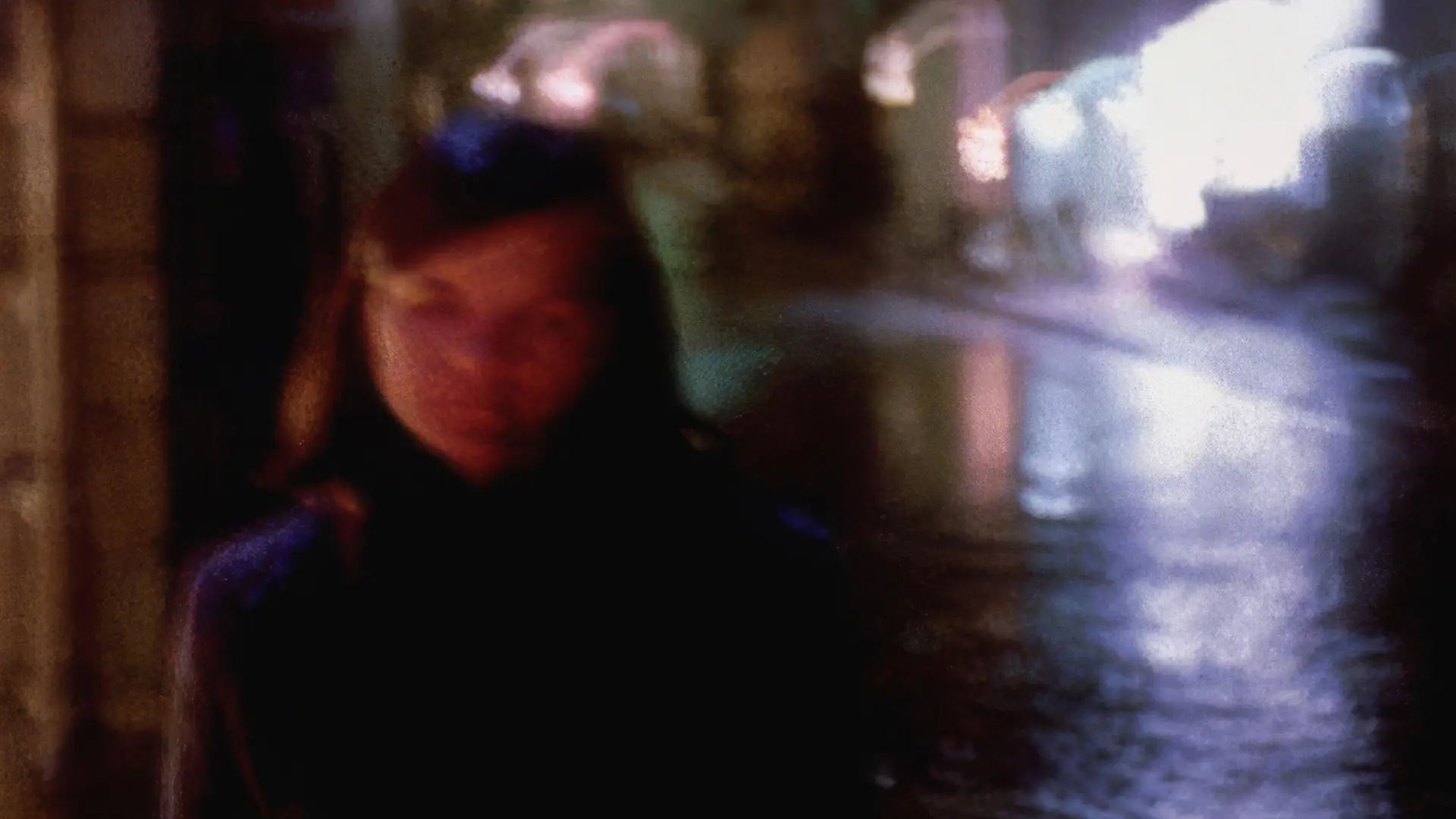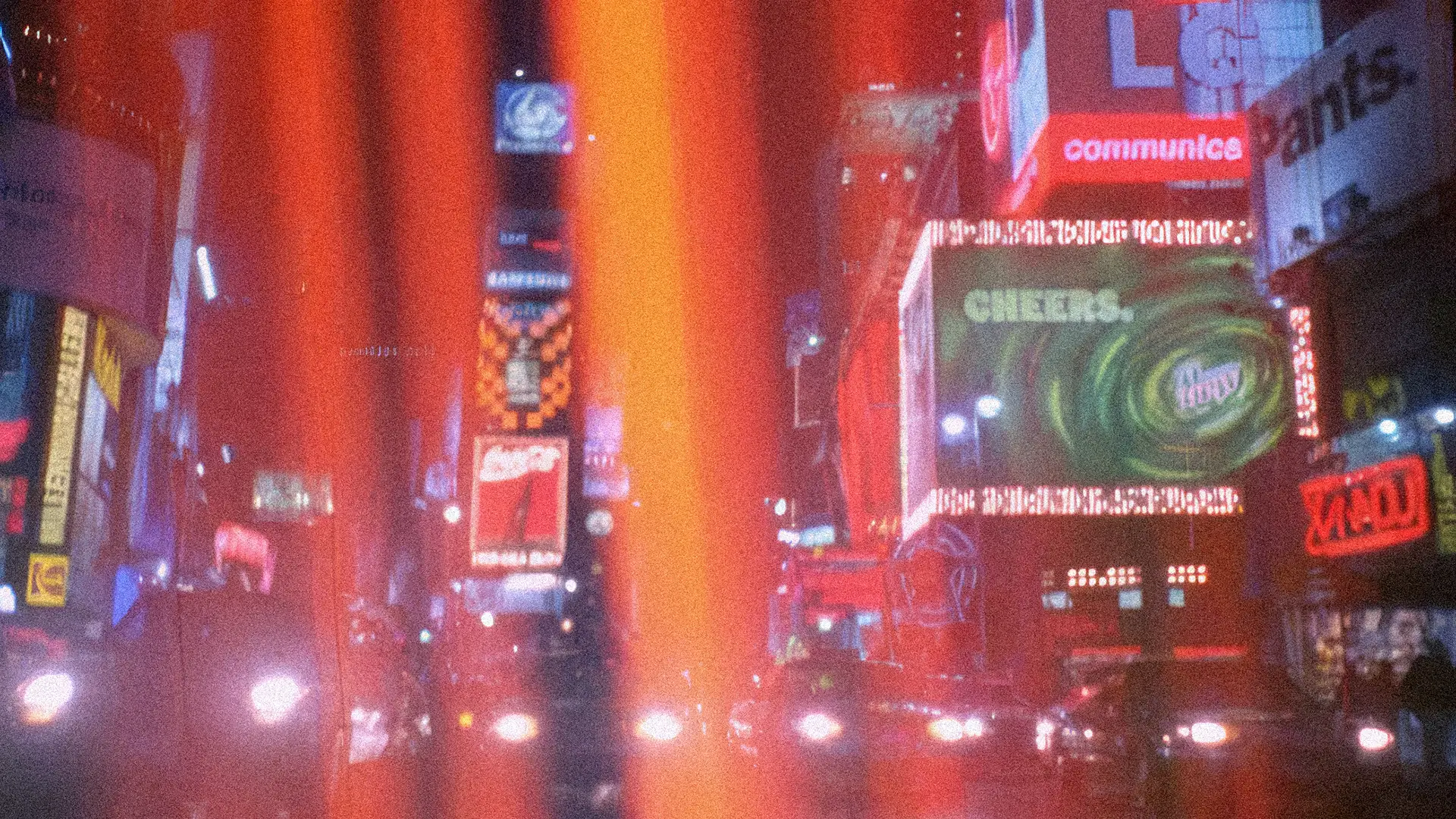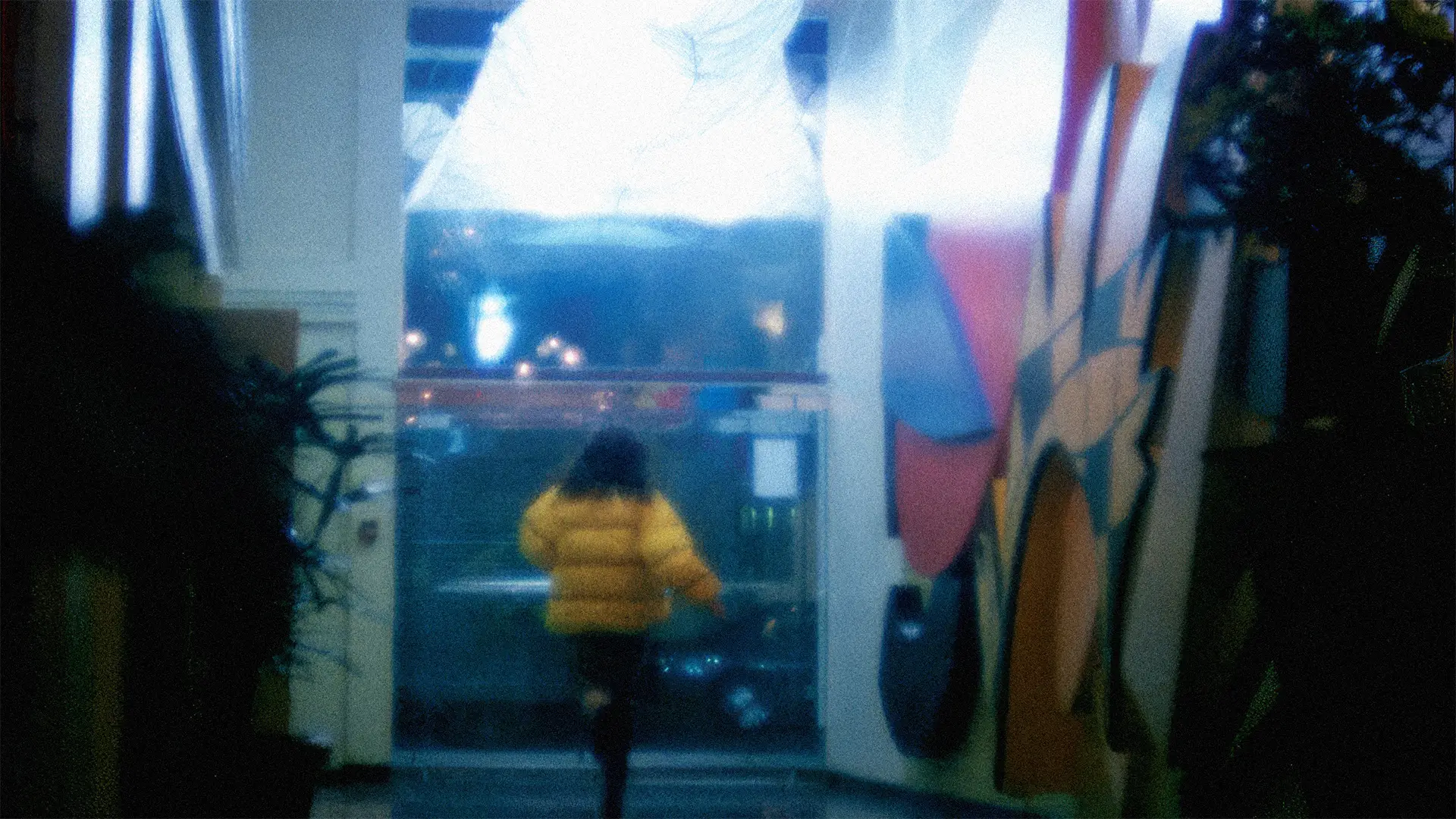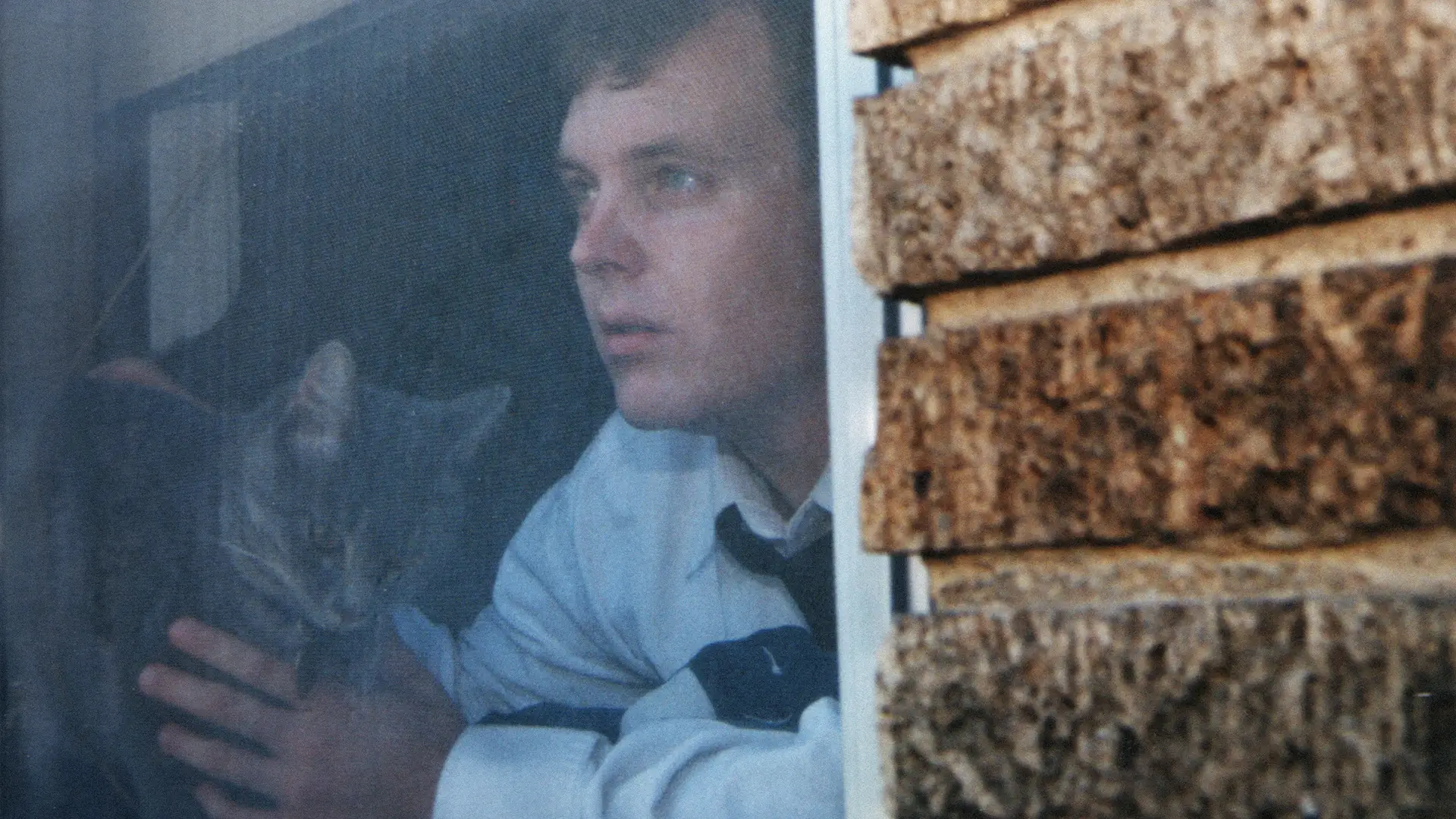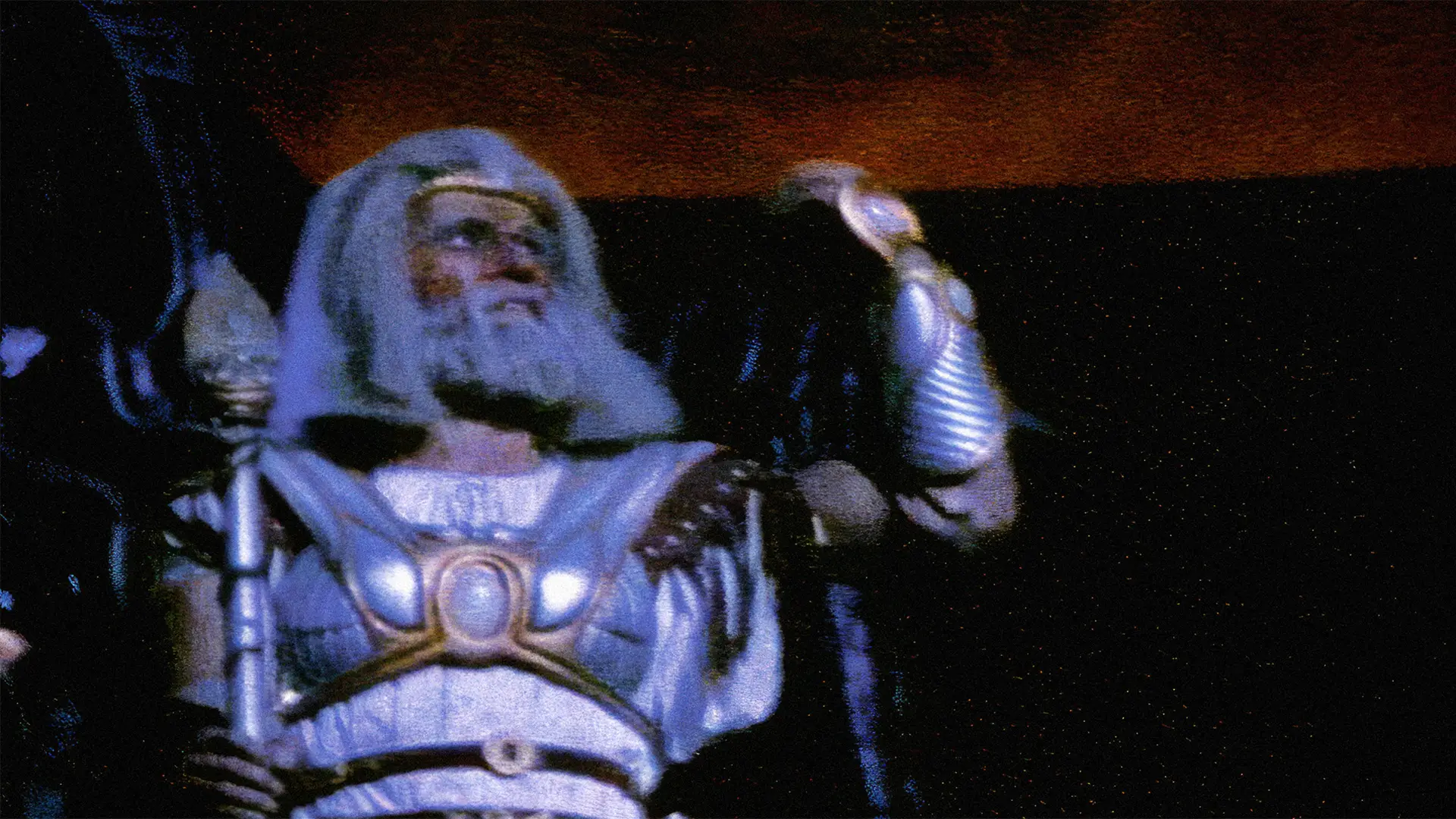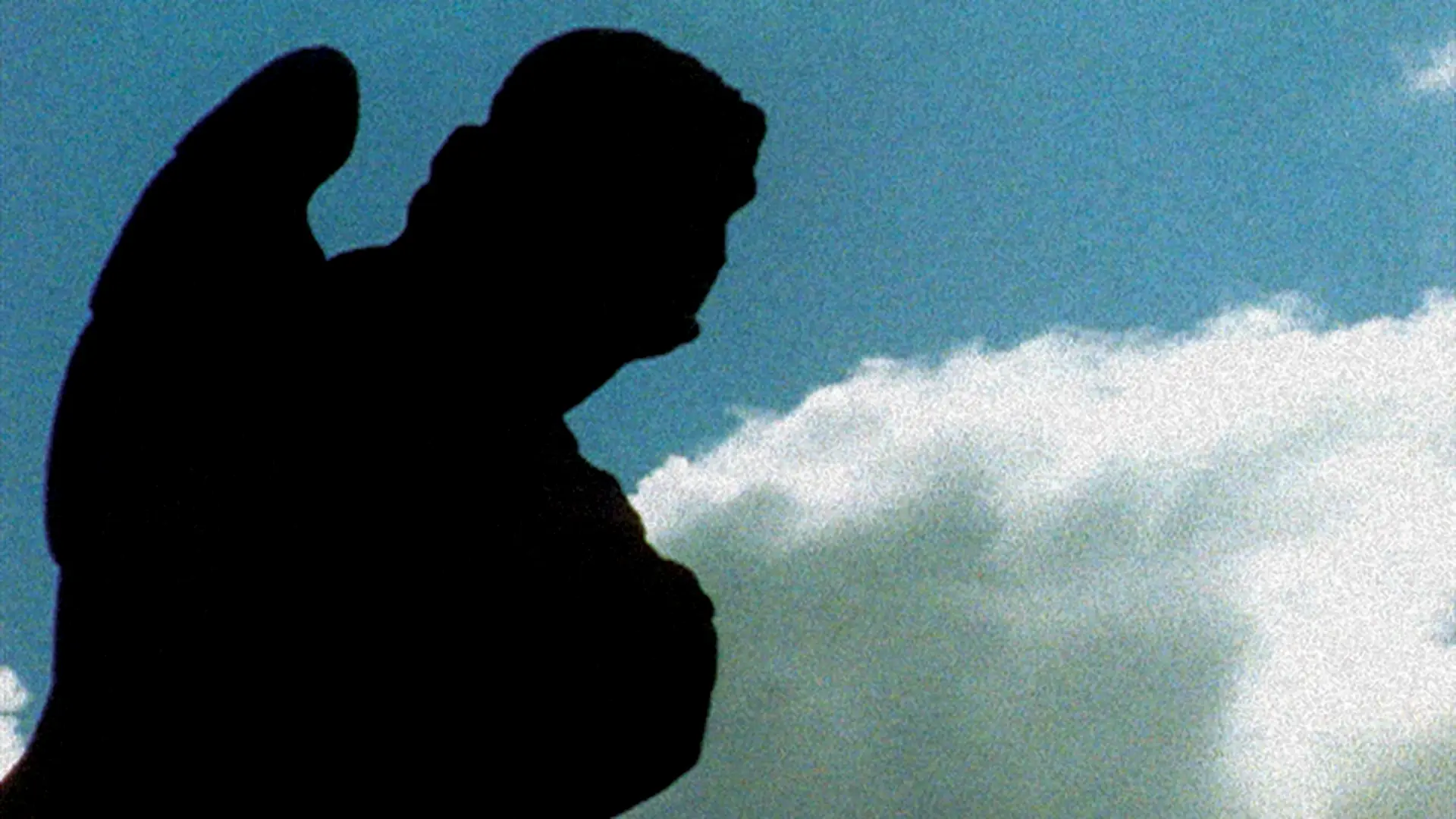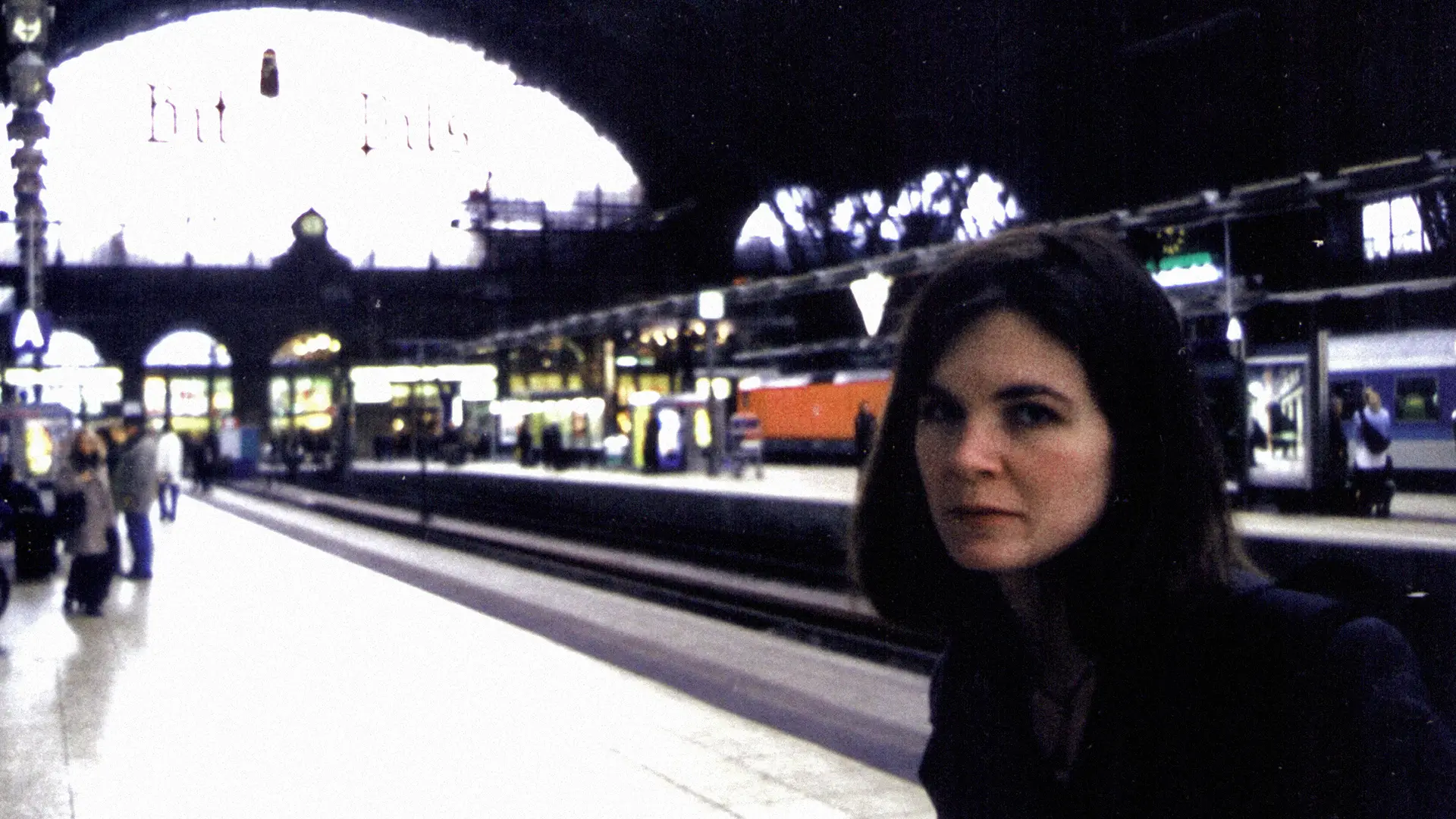2002 . 16 minutes 35 seconds . 16mm
Life’s riot of sights and sounds are jumbled together like a film projected in one frame – an album played in one note. Shot over six years, No Day No Night is a collage that strikes at the foundation of reality, identity and perception.
“No Day No Night stands out as an intellectual and artistic triumph…a true testament to Baeumler’s mastery of the craft.”
Short Films Matter
CAST
Kevin Silva – The Voice
Jason Shald – Marin
Prya Patil – She
Sandra Kelberlau – Woman
Carolyn Baeumler-Bost – Voice Over Woman
Douglas Bost – Voice Over Man
CREW
David Baeumler – Writer, Director, Camera, Editor, Music
Devin Terpstra – Production Assistant
Chris O’Neil – Additional Camera
Jason Dowdle – Additional Camera
SELECT SCREENINGS (2003 unless noted)
10th Biennial of Moving Images – Geneva, Switzerland
Beyond/In Western New York – Albright Knox Art Gallery, Buffalo, NY (2005)
New Filmmakers Series at Anthology Film Archives – New York, NY
Revelation Film Fest – Perth, AustraliaNew Haven Film Festival – (Audience Award Best Short)
VisionFest – New York, NY
Cucalorus Film Festival – Wilmington, NC
Sacramento Film Festival – Sacramento, CA
Berkeley Film Festival – Berkeley, CA (Award of Excellence Experimental)
Olympia Film Festival – Olympia, WA
Gurnsey Lily International Film Festival – UK (Very high commendation)
Echo Park Film Center – Los Angeles, CA (2006)
REVIEWS
In ‘No Day No Night’, David Baeumler’s avant-garde storytelling unfolds as a cinematic tapestry, transcending traditional narrative structures. The film’s three-part structure serves as a canvas for exploring the intricacies of the human experience. Jason Shald’s portrayal of Martin in the first part immerses viewers in the post-breakup turmoil, capturing the nuances of his social escapades. The second part introduces Sandra Kelberlau’s character, navigating the labyrinth of her own mind, raising questions about memory and identity.
The third act, featuring Douglas Bost and Carolyn Baeumler, takes a surreal turn as the young couple grapples with the revelation that the man recognizes everyone around him. This twist delves into the mysterious interconnectedness of individuals, adding a layer of complexity to the overarching narrative. Baeumler’s post-production wizardry is evident in the seamless montage of hundreds of 16mm film clippings, creating a visually stimulating and intellectually charged experience.
The film’s thematic depth extends beyond the immediate narrative, touching on profound concepts like love, loss, identity and human connections. Kevin Silva’s narration serves as a philosophical guide, posing existential questions that challenge the audience’s perceptions. The absence of a concrete narrative structure adds an element of ambiguity, turning the film into a melting pot of ideas drawn from psychology, philosophy, and humanity’s collective consciousness.
‘No Day No Night’ stands as an intellectual and artistic triumph, with Baeumler’s unconventional approach creating a unique cinematic language. The film’s beauty lies in its ability to provoke thought, evoke emotions, and offer an immersive experience that defies easy categorization – a true testament to Baeumler’s mastery of the craft.
Film Threat – March 21, 2005 – David Finkelstein
“Who am I? Why am I here?” These are the opening questions in this philosophically inclined essay film. “No Day No Night” explores the issues of identity and meaning through three prose poems, delivered in a smooth voice-over narration by Kevin Silva, sounding rather like the narrator of a menacing and confusing educational film. In one story a man named Martin moves to a strange city, following a lover who left him for no apparent reason. He tries to make friends there, but ends up deciding that he doesn’t actually like people, but still needs them all the same. In a second story, a woman travels frantically from city to city, in an apparent attempt to escape her overwhelming anger and to create a sense of disconnected meaninglessness, which fails. In a third story, told partly through dialogue, a man slowly realizes that he feels as if every single person within his line of sight is someone he has known intimately in the past. The final section sums up the idea: because we are all the same age (i.e. mortal, potentially one moment from death) the differences between people are an illusion. In fact, the multiplicity of surfaces and moments in life is an illusion obscuring an underlying unity.
The language of these prose poems is strange, poetic and well-written. (When Martin searches for companionship in a record shop, the shop is referred to as a “hoverpad of insecurity.”) Baeumler’s ear for language is precise and the writing is always surprising, pointed, and evocative.
The images which accompany this narration form a highly effective visual collage. Full of quick cuts, the multitude of rapidly alternating images sometimes directly illustrate the text, and sometimes comment on it in an ironic way. (When the narrator suggests that a person might be trying to “hide something,” we see an image of a person being brutally attacked.) Just as often, the images don’t particularly illustrate the text, but merely create a sense of rhythm and mood which highlight the feeling of uncanny menace in the film. Many of the images play with fast, shaking camera movements which create blurs of light. The constant interplay between narration and image, sometimes reinforcing each other, sometimes playing against each other, is a major source of interest and strength in the film.
Yet a third element in the film’s structure is the underlying music, mostly electronic, which skillfully underlines the feeling of obsession and disorientation in the story. Occasionally, all three elements fuse together into a remarkable musical whole, as in one sequence in which the man’s panic at his own experience of déjà vu rises to a crescendo, culminating in the sound of a bell, matched by the frantic images which suddenly come to stillness on an image of the moon. The complex, expressive and poetic counterpoint which Beaumler achieves by weaving together music, voice, and images is intricate, skillful and powerful.
Film Threat – May 20, 2003 – Daniel Wible
One of the best moments from last year’s underrated “Rules of Attraction” was a dazzling, 5-minute montage/travelogue of one character’s whirlwind European vacation. Visually frenetic and morally questionable, the segment left me at once giddy with vicarious fun seeking and also slightly nauseous. David Baeumler’s exceptional short film, “No Day No Night”, is like a philosophical, extended (though not by much) variation on that scene. Beyond the MTV-style cutting and chaotic pacing however, the two bear little resemblance. “NDNN” is indeed a similarly breathless pastiche of sights and sounds, though it doesn’t exactly tell a story so much as it poses questions. The Big questions. “Who am I?” “Why am I here?” “What is love?” “Who let the dogs out?” As such, the film is not really a work of fiction or non-fiction; it’s more like an academic postulation, and on the very meaning of existence no less.
Okay, so… no plot, no main characters, philosophically dense, entirely narrated by voice over. Sounds boring, right? Or at least like some overtly pretentious student film? “NDNN” is nothing of the sort. It’s directed, or rather edited, with such fluid grace and postmodern lyricism that it ends up being a most intriguing 17 minutes of film. Literally opening with the narration of the first two questions listed above (the last one was a joke for those confused, you know who you are), “NDNN” is divided into three segments. Preceding the first segment is a preamble about the frailty of human life, which immediately sets the tone for things to come. The first segment concerns a man named Martin who’s struggling to come to grips with a recent breakup. Martin’s memory of his relationship is like a favorite song condensed into one piercing sound. This sound is repeated continuously over still images of Martin’s ex, as they flash through his shattered mind.
The second segment is a about a nameless young woman who wanders through life as a lost and confused child. Her memories of the many places she’s been have coalesced into one overlapping, flickering image. But has she really been to these places she remembers? Was that really her in her memories? It all seems so surreal… so uncertain.
The third and final chapter of the film features a man and a woman, presumably a couple, who are only heard in voice over. The man insists that everyone around them looks familiar. Very familiar. In fact, they are all the same, different, yet the same. The narrator considers the “facts” and then concludes: there is no “you”, no “I”, no “day”, no “night”, and hence the title of this little gem.
Clearly, the hypnotic style exhibited here has become a cliché since the advent of music videos. Yet Baeumler injects new life to this “genre” with a mastery of found footage (I’m assuming) and vivid sound mixing. The questions posed here (regarding the uncertainty of memory, the mutability of identity, the end of love, the theory of synchronicity, etc.) are fascinating, though maybe not exactly revelatory. Indeed, Baeumler’s direction of the material is assured, but the real star of this show is the narrator, Kevin Silva. His diction, delivered like an existentialist public service announcer, is both captivating and at times chilling. It recalls the absurdist tone of Baz Luhrmann’s novelty hit, “Everybody’s Free (To Wear Sunscreen)”. In short, “NDNN” is a mind-blowing short from a promising new voice.

